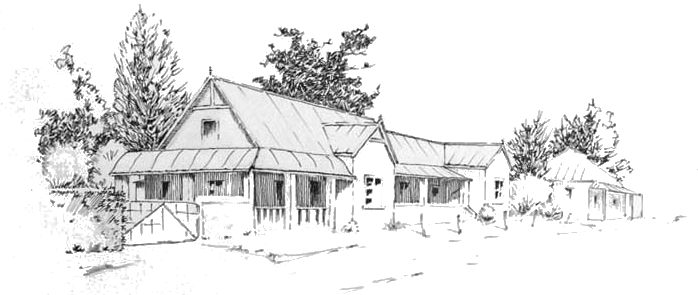The first of a series of five weekly fly tying tips from Gordon. Says Gordon:
So what started as a quick chirp on an email to friends has now grown wings and here we are, the first instalment with photos by a genius photographer. Drew , you were the catalyst for this whole thing, my muse, inspiration, if you will. Thanks bru. Thanks to Tom for housing the chirp, doing the pictures and for offering to take it to a whole new level. I salute you sir!
At times this chirp might seem a bit technical and boring, but there is no way around explaining certain things so please bear with me, I’ll do my best to not put you to sleep!
So, here we go!
TIP 1- Thread Control
This is possibly one of the most neglected aspects in tying today. Everyone is so eager to get the fly tied that they sometimes forget to think about what their thread is doing while they’re working with it.
Bulk, or the build up of bulk, is a major issue, especially when tying smaller flies. Look, when wrapping massive Woolly Buggers and Zonkers etc thread control is not all that important, but when you’re working finer it is. Try tying a #20 Para RAB if you don’t believe me!
One needs to actually be aware of what your thread is doing while you’re working with it to ensure that you keep bulk to a minimum.
Thread twists while you wrap it; the result, thread build up. By keeping the thread flat you use less thread which translates into less bulk. Thread Economy we can call it. To do this you need to literally untwist the thread while you’re working with it. Let the bobbin lie motionless and it will spin in the direction that the thread is untwisting in. This is generally anti-clockwise when you look at the fly from a bird’s eye view, but not always. Through the use of fingers you can speed up this untwisting process.
Click in images to enlarge

Look at the spot where the thread comes off the hook shank to see when it is flat

Working with a flat thread like this will keep the bulk down. By repeating this exercise every few thread wraps you’ll take your tying to the next level. Eventually it’ll become second nature. You don’t need to let the bobbin hang every time if you keep looking at where the thread comes off the shank; you can basically untwist in mid wrap. Experienced tyers do this, most people don’t even see them doing it!
And that’s basically banting for Flies!!!
Done; hope that wasn’t too painful.
Pointers
1. Use the thinnest thread possible for the job at hand. NB!
2. Ensure that you work with a multi stranded thread that is flat and not twisted or braided in any way. Very, very important!
3. Avoid waxed threads like the plague. Wax clumps thread fibres making the untwisting procedure difficult. Also waxed thread gathers dust and dirt. If you really have the need to wax add it later!
4. Always use a ceramic bobbin holder. The old-school Tiemco bobbin holders are awesome as are the Rite Bobbin holders.
5. These are threads I would recommend
1. Danville’s flat Un-waxed 6/0 – a great all round thread for average sized flies, #2-#14
2. Griffiths sheer 14/0, my go to thread. I use this stuff 90% of the time, awesome stuff, good for split thread work too. Will tie down to #22 no problem
3. Uni-thread Trico 17/0- This is a specialist thread for the guys who realise that dynamite does sometimes come in small packages. Good for the really tiny stuff.
That what I tend to use, but if you feel comfortable with other threads go for it. As long as they function properly.
I hope this helps!
(In future episodes Gordon will cover:
Tip 2- Fail to plan, plan to fail- That’s about plotting out points on the thread base to help with proportions.
Tip 3-Thread economy- Thinking ahead by keeping the amount of thread wraps to a minimum
Tip 4- Feather fibre legs made easy
Tip 5- Flat heads made easy)



